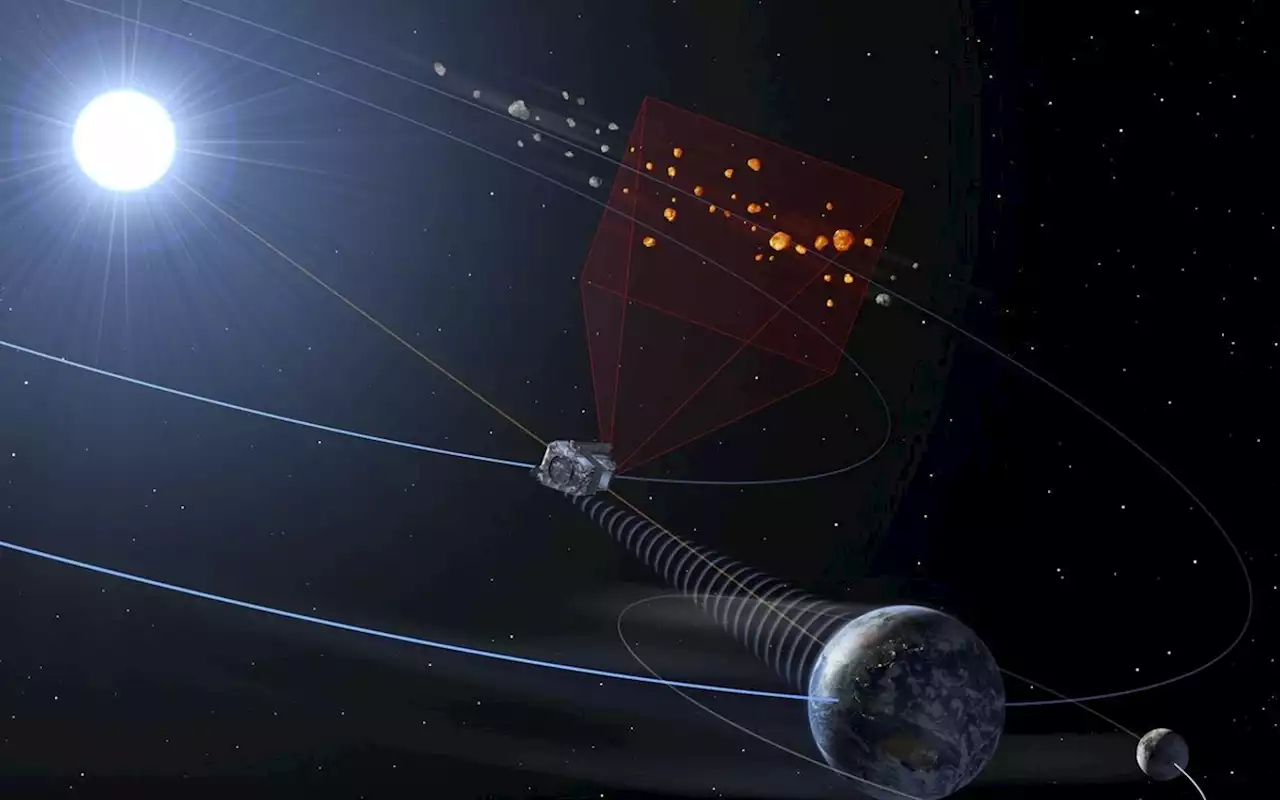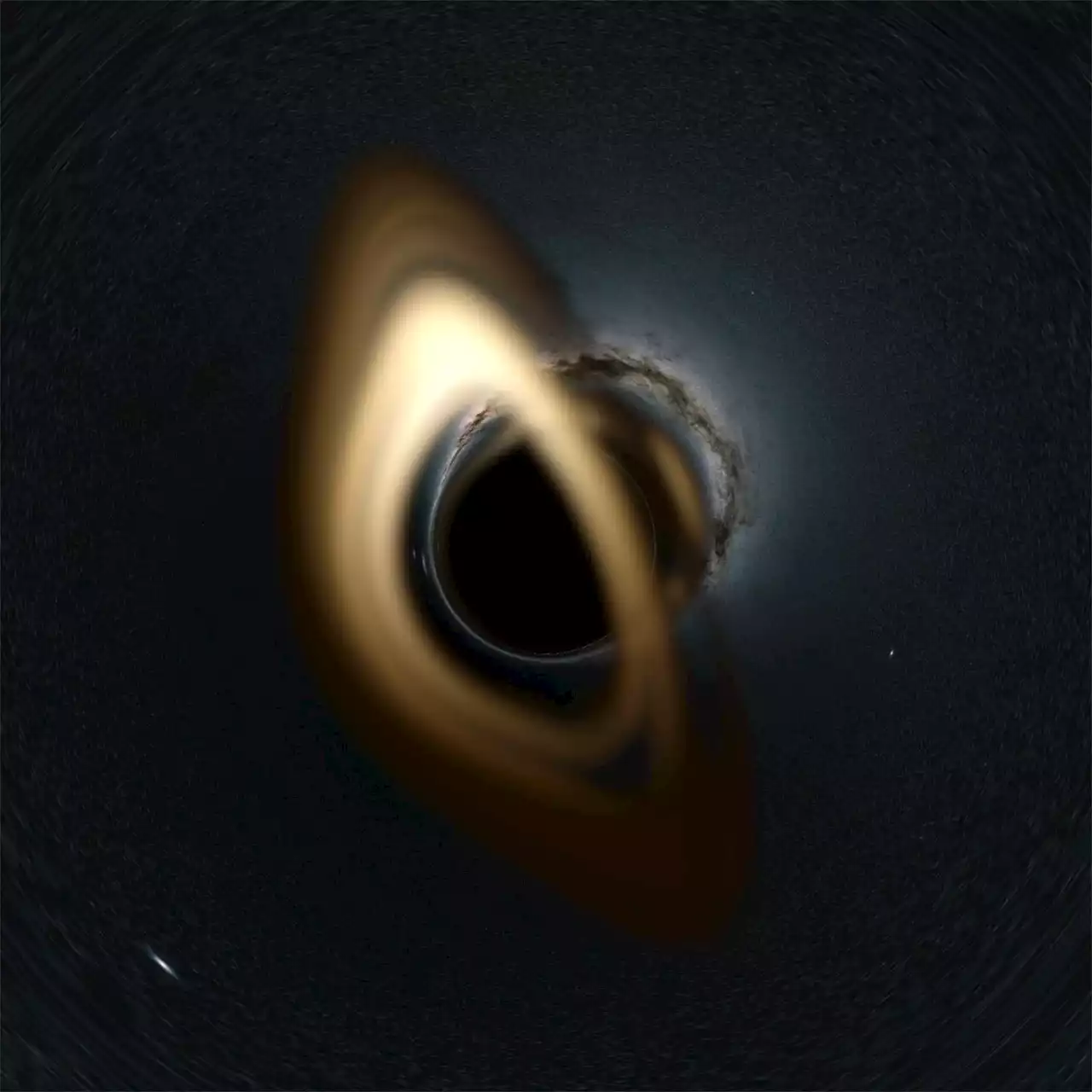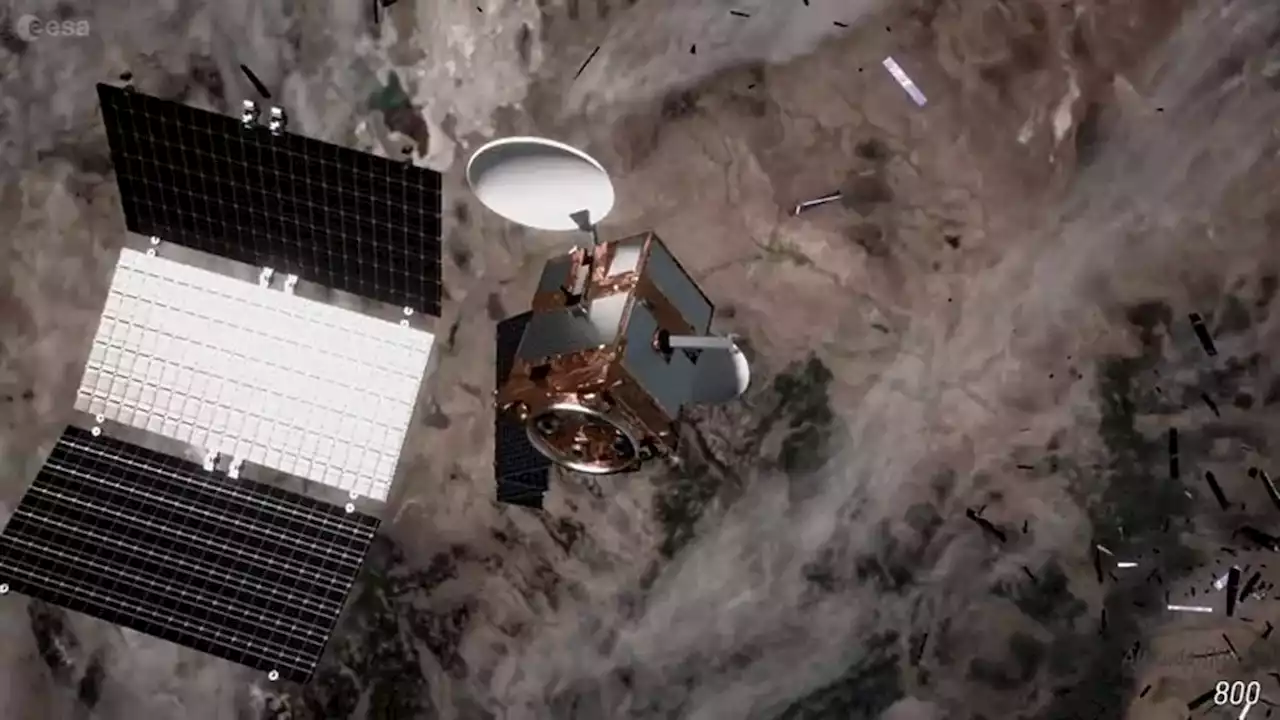NASA is using its advanced technology to head for space — so it can monitor our home. The new technology will give NASA a 3D view of how the Earth's systems are operating and are impacted by climate change.
NASA is using its advanced technology to head for space — so it can monitor our home. In its latest climate report, the agency says 2022 was the globe's fifth-hottest year on record, part of a long-term warming trend attributed tocaused by humans. Some of its newest high-tech efforts will help gather more data on how our planet is changing.
"Really looking at the heartbeat of the planet, just a whole host of things that we are tracking every single day," said Randy Friedl, deputy director of Earth Science at NASA's Jet Propulsion Laboratory. launched a rocket from California carrying a satellite known as SWOT, short for Surface Water and Ocean Topography.
Project scientist Paul Rosen says the satellite can survey 6 million bodies of water every three weeks. Rosen believes the satellite will help to better detect and plan for floods, droughts, and rising seas which are expected to make many coastal areas around the world uninhabitable in the decades to come.
This will allow better detection of ice sheet collapse and the melting of glaciers. It will track deforestation, which contributes to global warming, as well as monitor groundwater supplies and even soil moisture, which can help predict the risk of wildfires.
United States Latest News, United States Headlines
Similar News:You can also read news stories similar to this one that we have collected from other news sources.
 ESA is Building an Early Warning System for Dangerous AsteroidsThe European Space Agency is working on a new mission that would act as an early warning system for dangerous, hard-to-see asteroids. Called NEOMIR (Near-Earth Object Mission in the InfraRed), the spacecraft would orbit between the Earth and the Sun at the L1 Lagrange Point, finding space rocks that otherwise get lost in the glare … Continue reading 'ESA is Building an Early Warning System for Dangerous Asteroids'
ESA is Building an Early Warning System for Dangerous AsteroidsThe European Space Agency is working on a new mission that would act as an early warning system for dangerous, hard-to-see asteroids. Called NEOMIR (Near-Earth Object Mission in the InfraRed), the spacecraft would orbit between the Earth and the Sun at the L1 Lagrange Point, finding space rocks that otherwise get lost in the glare … Continue reading 'ESA is Building an Early Warning System for Dangerous Asteroids'
Read more »
 Closest Known Black Hole to Earth Identified Using ESA’s Gaia Astrometry MissionThe exciting finding promises numerous similar discoveries. Using data from ESA’s Gaia astrometry mission, astronomers have identified the closest known black hole, less than 1600 light-years away from Earth, and determined its mass. The black hole is orbiting a star similar to our Sun, and was ide
Closest Known Black Hole to Earth Identified Using ESA’s Gaia Astrometry MissionThe exciting finding promises numerous similar discoveries. Using data from ESA’s Gaia astrometry mission, astronomers have identified the closest known black hole, less than 1600 light-years away from Earth, and determined its mass. The black hole is orbiting a star similar to our Sun, and was ide
Read more »
 Before Human-Made Climate Change, Was Earth Actually in a Cooling Phase?Over the past century, the Earth's average temperature has swiftly increased by about 1 degree Celsius (1.8 degrees Fahrenheit).
Before Human-Made Climate Change, Was Earth Actually in a Cooling Phase?Over the past century, the Earth's average temperature has swiftly increased by about 1 degree Celsius (1.8 degrees Fahrenheit).
Read more »
 Space debris apocalypse: 6 objects that could wreak havoc in Earth's orbitCold War-era stuff dominates the list of hazardous orbiting objects.
Space debris apocalypse: 6 objects that could wreak havoc in Earth's orbitCold War-era stuff dominates the list of hazardous orbiting objects.
Read more »
![]() There Could Be Upward-Moving Silicon-Rich 'Snow' in Earth's Outer CoreBy listening to the echo of earthquakes bouncing about inside our planet, we can make a good guess at what's inside Earth without slicing it up.
There Could Be Upward-Moving Silicon-Rich 'Snow' in Earth's Outer CoreBy listening to the echo of earthquakes bouncing about inside our planet, we can make a good guess at what's inside Earth without slicing it up.
Read more »
 Can you see Earth spin?You can't watch Earth spin in real time because it rotates so slowly, but there are ways to see the effects of the planet's rotation.
Can you see Earth spin?You can't watch Earth spin in real time because it rotates so slowly, but there are ways to see the effects of the planet's rotation.
Read more »
